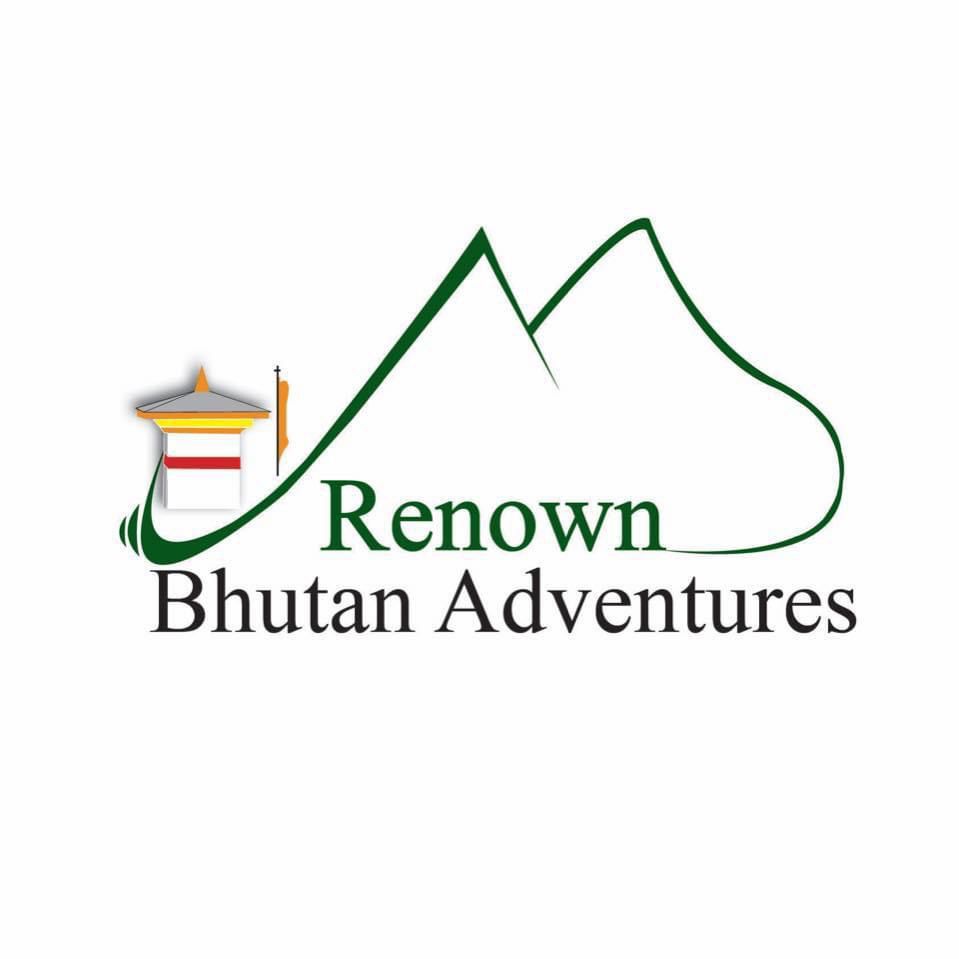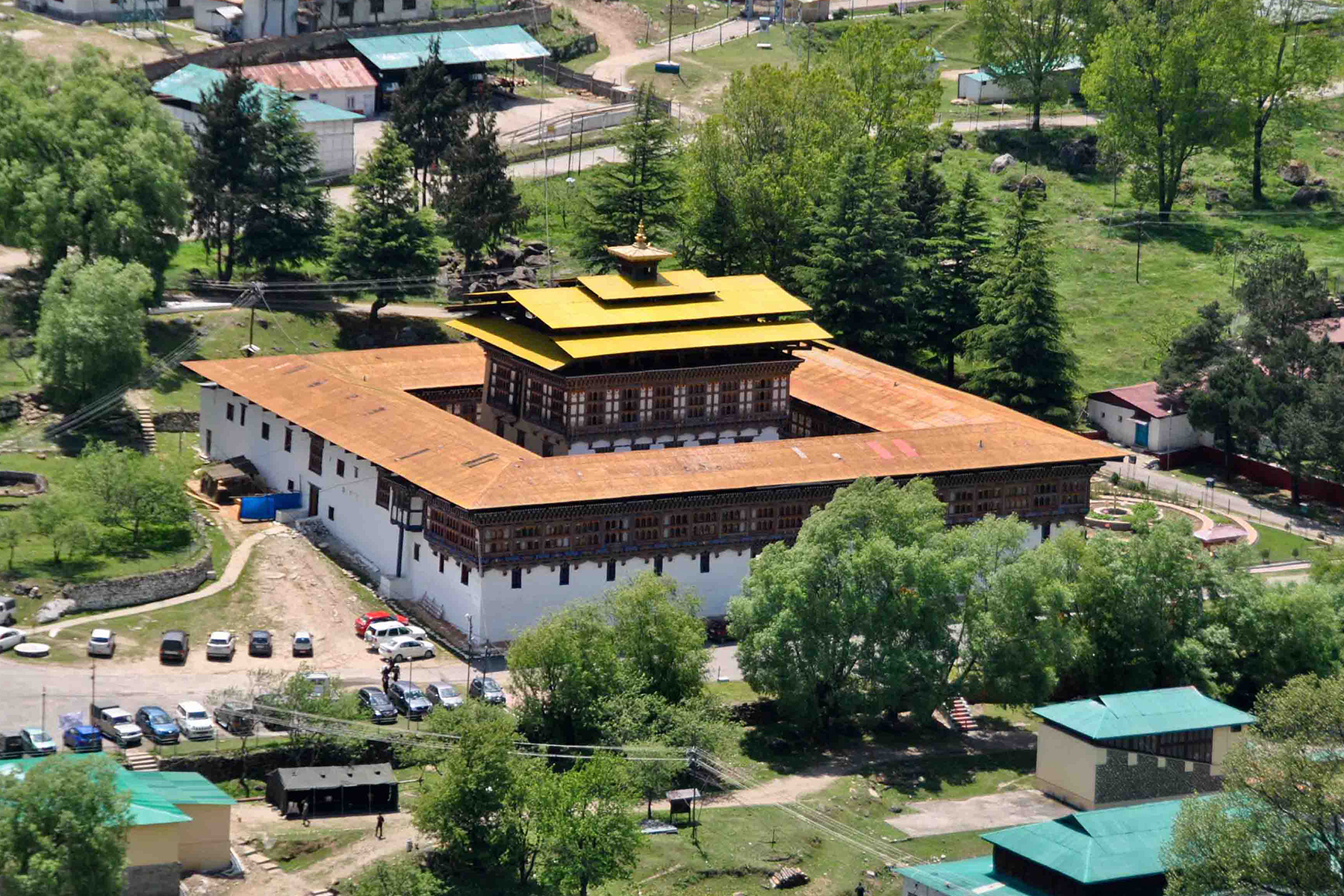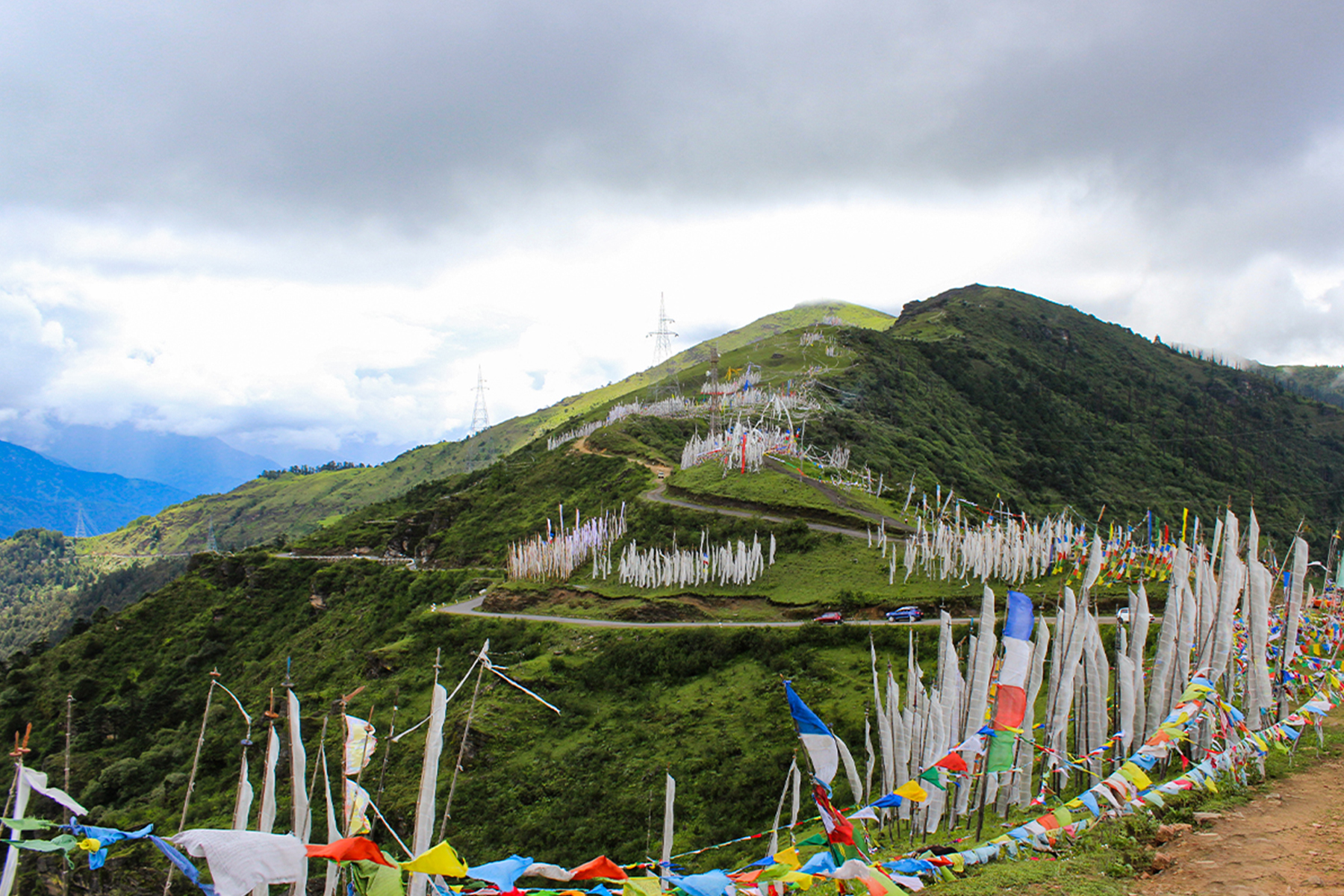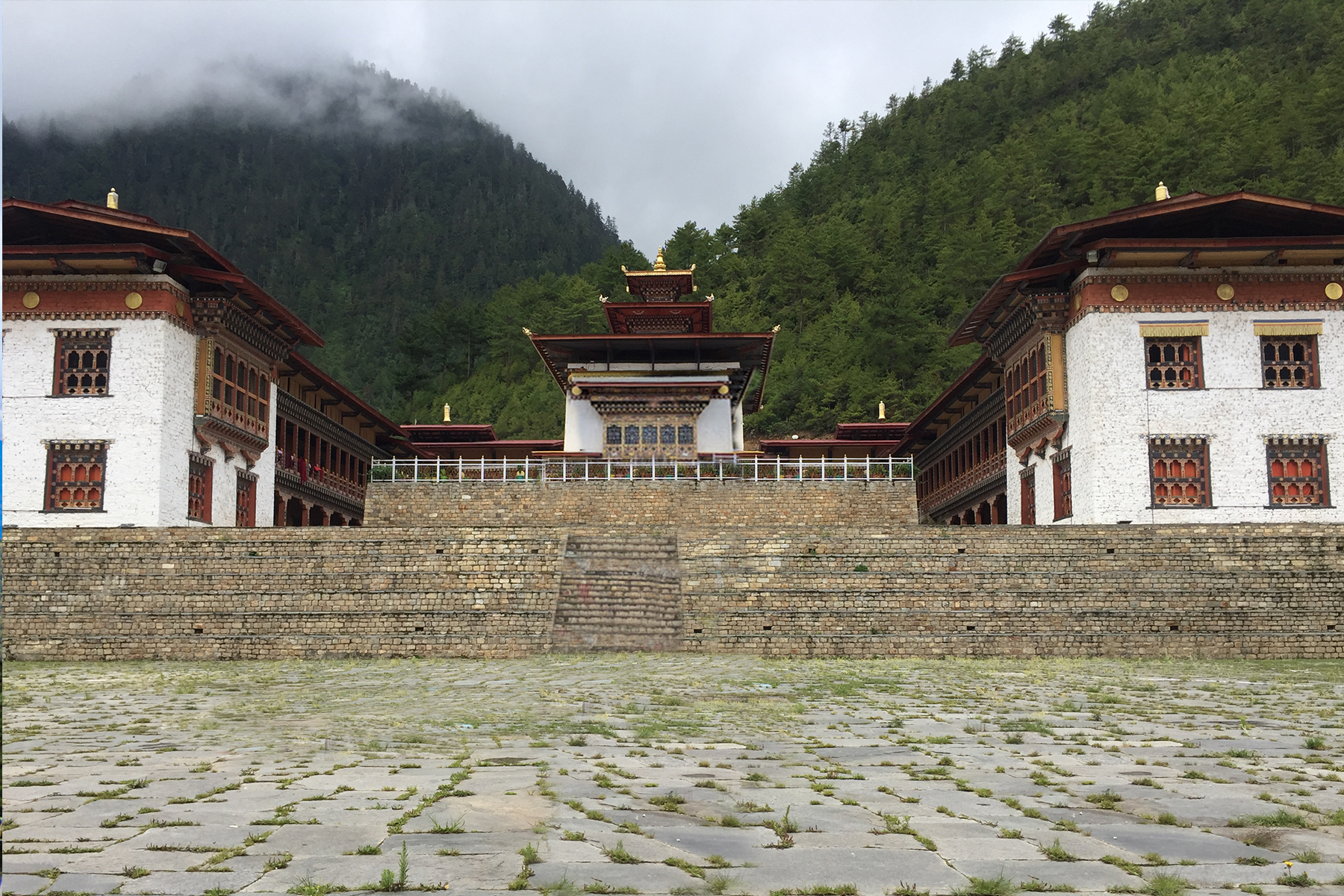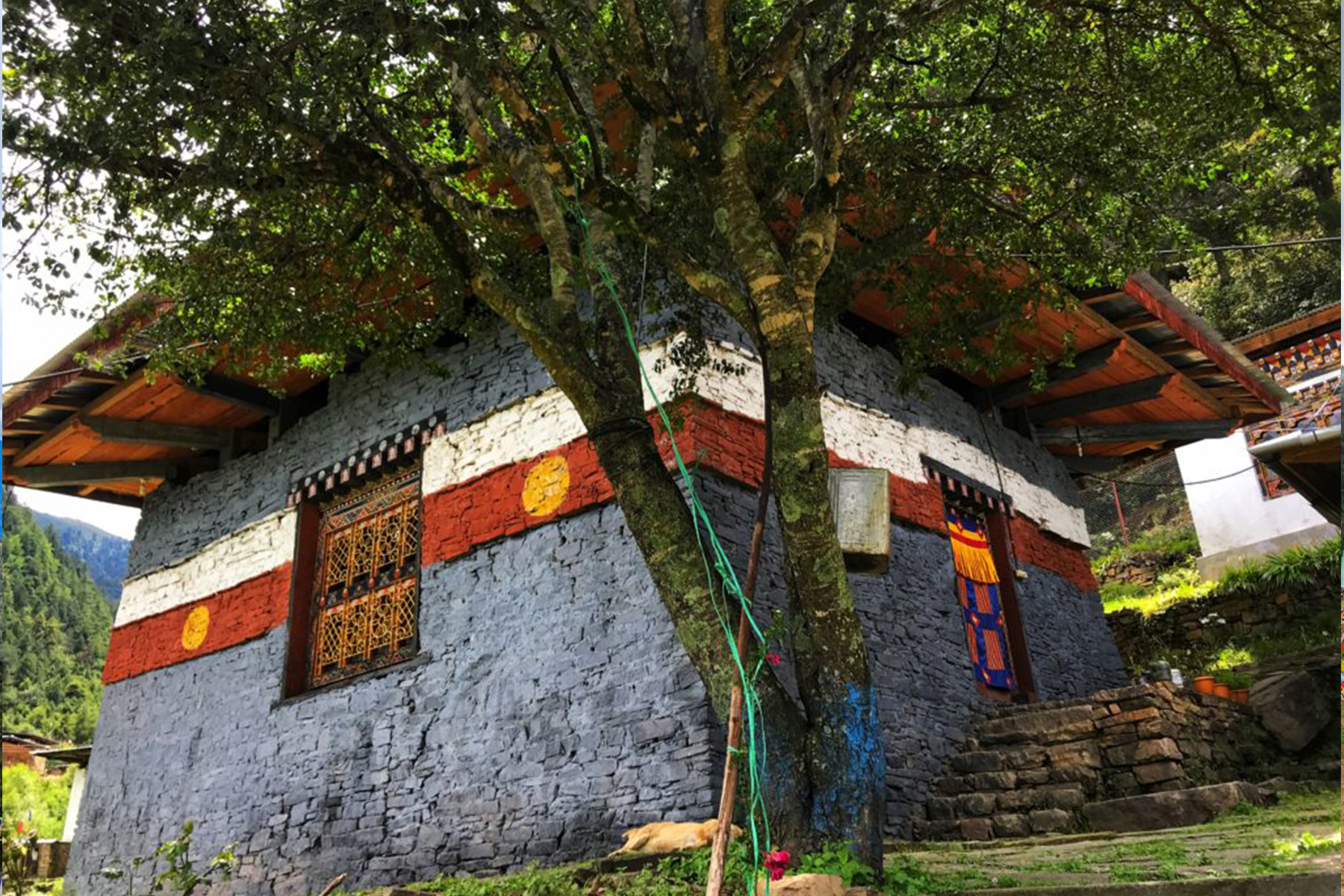Haa Dzong
Haa
Brief History
Wangchulo Dzong in Haa is one of the newest, built in 1915 to replace a smaller structure. It is a large square structure with battered (inward-sloping) walls.
Chelela Pass
Haa
Brief History
The 35km drive to chele la makes an interesting road excursion and is an excellent jumping-off point for day walks. Chele la separates Haa and Paro valley and at 3810m, it is one of the highest motor able pass in Bhutan. The drive till here from either Paro or Haa is through dense spruce and larch forests according to the seasons. On a clear day, there are spectacular views of Mt. Jumolhari, Jichu Drake and adjoining peaks to the North West, as well as the view of Haa and Paro valley.
Lhakhang Karpo
Haa
Brief History
Lhakhang Karpo was established in the 7th century by Tibetan king Songtsen Gempo in his mission to build 108 monasteries in one day. He built Lhakhang Karpo and Lhakhang Nagpo in the Haa Valley. According to a legend, a black and white pigeon were released to select sites to build the temples. These two temples stand as the guardian sentinels keeping watch at the south entrance of the valley. The white pigeon landed on the foothills of the three towering mountains worshipped as Rigsum Gonpo and is where the Lhakhang stands today. The temple was named Karpo (white) as it was built on the site where the white pigeon landed.
Lhakhang Nagpo
Haa
Brief History
Located in Dumchoe village, the monastery was established in the 7th century by King Songtsen Gampo in his mission to build 108 monasteries in one day. It is situated towards the north of Lhakhang Karpo. Legend has it that King Songtsen Gampo released a black and a white pigeon to select sites to build the temples. The black pigeon landed a little north of the white pigeon, indicating the preordained site of the present Lhakhang Nagpo. The temple was named Nagpo (black) as it was built on the site where the black pigeon landed. Built on a lake; an opening in the floor of the temple serves as the channel to the underground lake. Lhakhang Nagpo serves as the seat for the guardian deity Da Do Chen. The principal relic of the monastery is the Choe-Lung-truel Sum.
Bhutan is the last Himalayan kingdom, shrouded in amazing snow Peak Mountains and shadowy forests that create picturesque landscape. But that’s not all; the unique and best thing about Bhutan is that it is the only country that is 72% covered in forests making it not only carbon-neutral but the world’s only carbon negative country. Apart from this, Bhutan is a place where traditional Buddhist culture meets majestic fortress like dzongs and monasteries, it is undoubtedly a magical and mystical place to be. Its unique monastic architecture and the graffiti on the walls that bear paintings of penises as a sign to drive away the evil make Bhutan a sui generis destination. Reputed to be the last Shangri La, this one of its kind country is certainly the best place to visit for family vacation, honeymoon tours and even for adventure holidays. And to be a part of this enthralling place you can have your own share of Bhutan experience through this guided list of the top tourist attractions that you must see and do.
